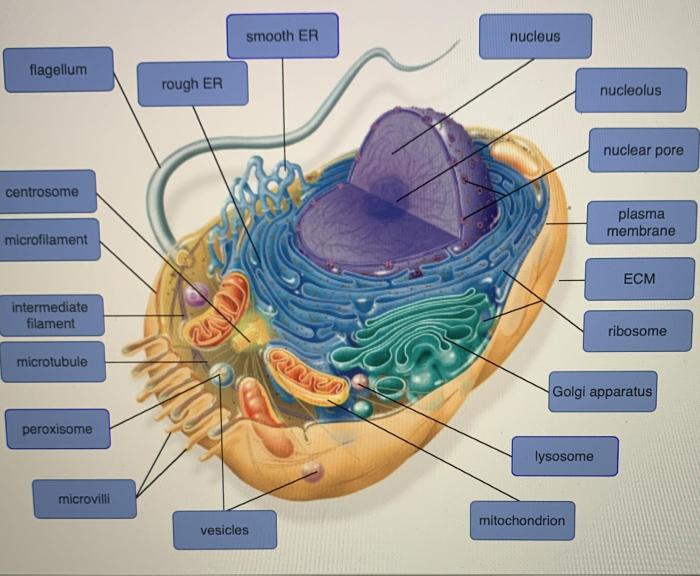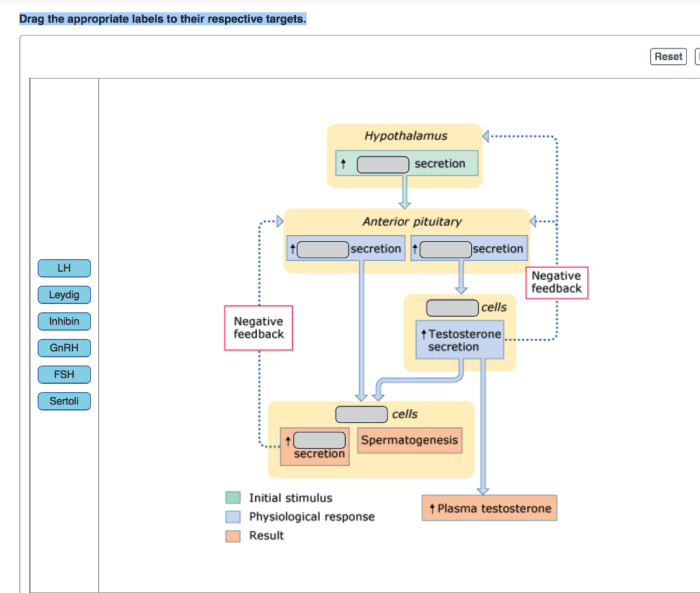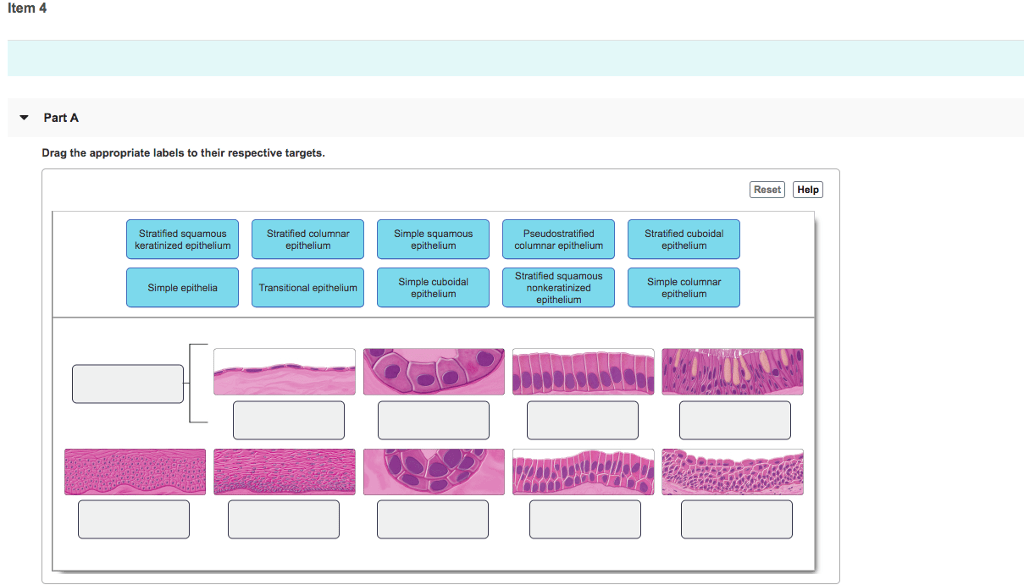Part a drag the appropriate labels to their respective targets – Embark on an enlightening journey as we delve into the art of “Part A: Drag the Appropriate Labels to Their Respective Targets.” This interactive exercise engages your cognitive abilities, fostering critical thinking and problem-solving skills.
This comprehensive guide unravels the intricacies of label dragging and dropping, empowering you with the knowledge and strategies to master this technique. Prepare to enhance your productivity and efficiency as we explore the fundamentals, challenges, and advanced applications of this essential skill.
Defining the Task

Dragging and dropping labels to their targets is a common user interface interaction that allows users to organize and manipulate information efficiently. The purpose of this task is to establish a relationship between a label, which represents a piece of information, and a target, which defines the context or category to which the information belongs.
There are different types of labels and targets involved in this task. Labels can be text, images, or other graphical elements that represent a specific piece of information. Targets are typically designated areas or containers that represent the categories or groups to which labels can be assigned.
Understanding the Interface: Part A Drag The Appropriate Labels To Their Respective Targets

To drag and drop labels using a mouse or touchpad, users typically click and hold the mouse button on a label and then move the cursor over the target area. When the cursor is positioned over the target, the user releases the mouse button to drop the label.
Visual cues, such as highlighting or changing the appearance of the label and target, indicate successful dragging and dropping.
Strategies for Efficient Dragging and Dropping

To optimize the speed and accuracy of label placement, users can employ several strategies. One effective approach is to organize labels and targets logically to minimize the distance required for dragging. Additionally, using a grid or snap-to feature can help align labels precisely within targets.
When handling multiple labels or targets simultaneously, users can consider grouping related items together or using drag-and-drop gestures that allow for the selection and movement of multiple elements.
Common Challenges and Troubleshooting
Users may encounter difficulties while dragging and dropping labels, such as accidentally dropping labels in the wrong targets or experiencing lag or glitches during the process. To resolve these challenges, it is important to ensure that the interface is responsive and provides clear visual feedback.
In cases where labels are accidentally dropped in the wrong targets, users can typically revert the action by dragging the label back to its original position or using an undo function. If lag or glitches occur, users can try refreshing the interface or checking their internet connection.
Accessibility Considerations

To ensure accessibility for users with disabilities, the dragging and dropping interface should be designed with accessibility features in mind. This includes providing alternative methods for label manipulation, such as keyboard shortcuts or assistive technologies that enable users to drag and drop labels using alternative input devices.
Additionally, the interface should provide clear visual and auditory cues to indicate successful dragging and dropping, ensuring that users with visual or hearing impairments can effectively use the feature.
User Queries
What is the primary purpose of dragging and dropping labels to their targets?
Drag and drop labeling enables users to organize and categorize information efficiently by associating labels with specific targets, facilitating quick and accurate data management.
What are the different types of labels and targets involved in this technique?
Labels can represent categories, attributes, or descriptions, while targets are the items or data points to which these labels are applied. Both labels and targets can vary in format, such as text, images, or icons.
How can I optimize the speed and accuracy of my label placement?
To enhance efficiency, consider using keyboard shortcuts or assistive technologies, organizing labels and targets logically, and employing visual cues to guide your placement.